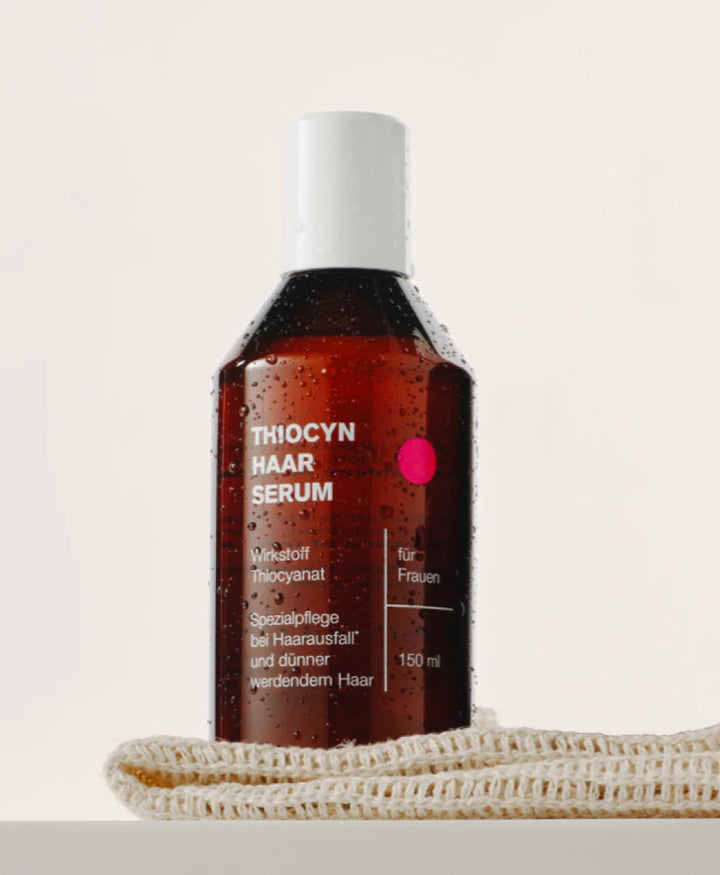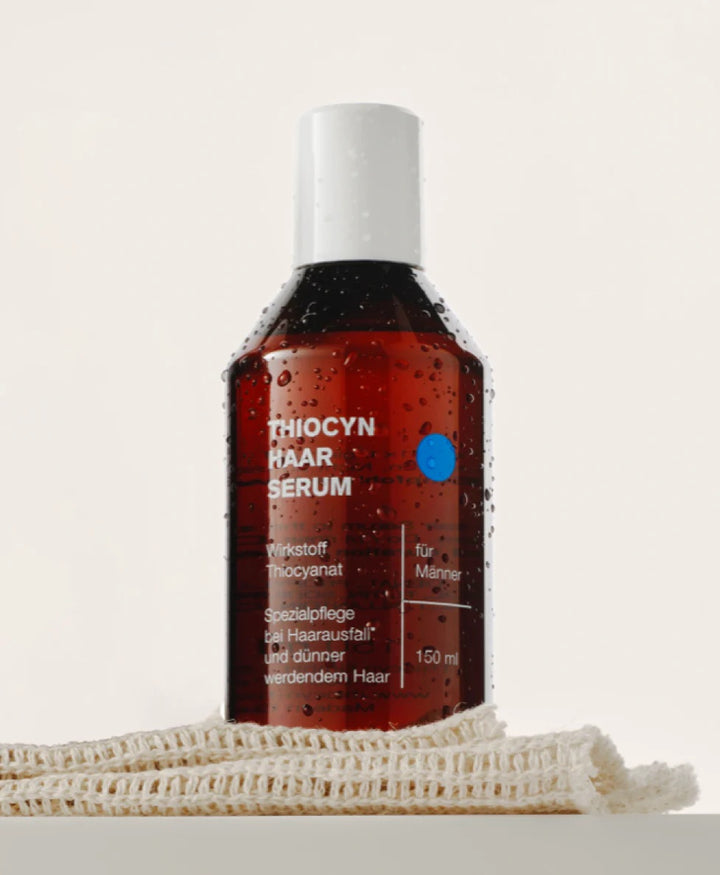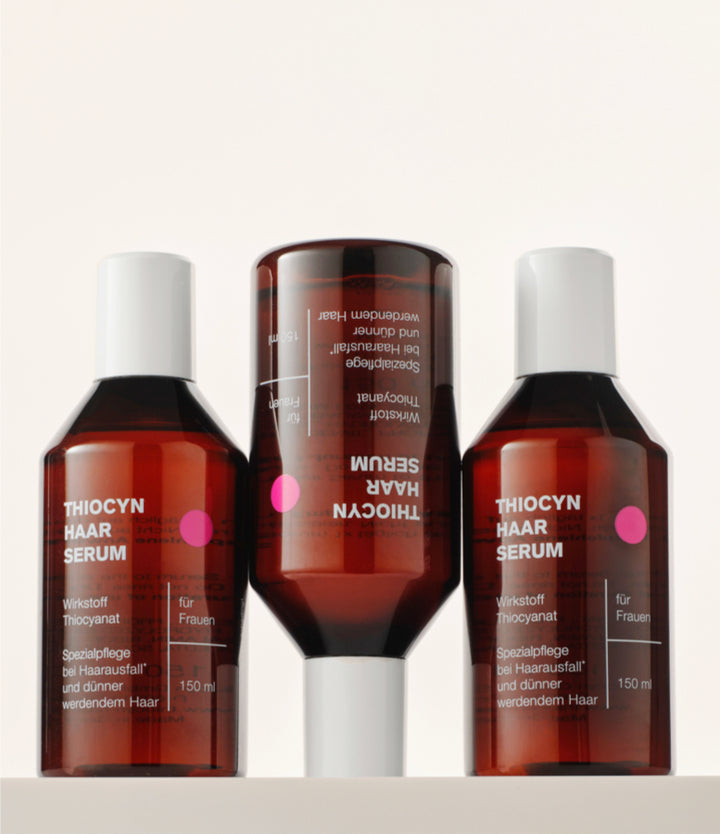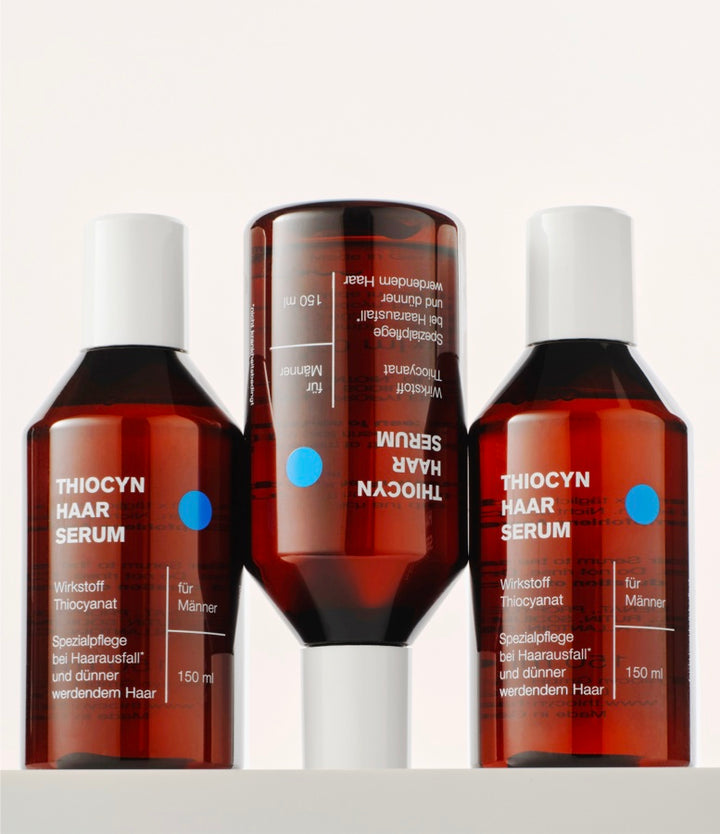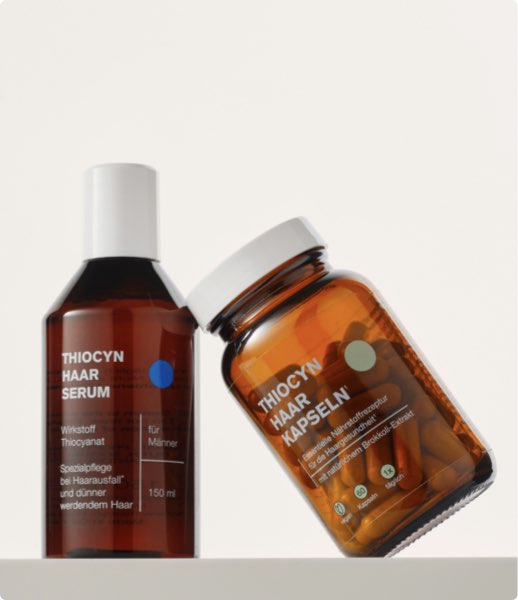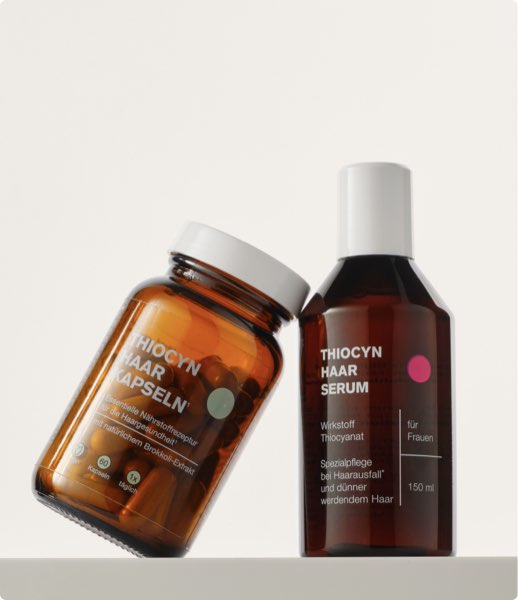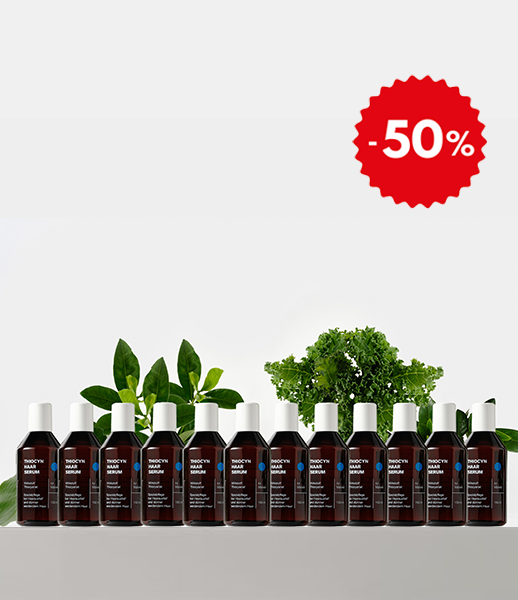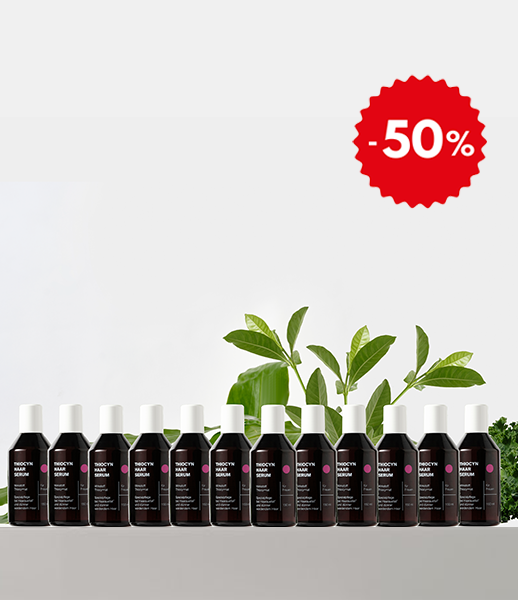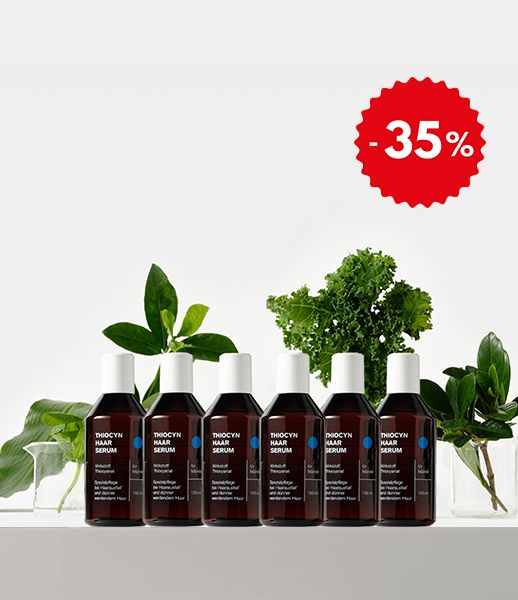HAARAUSFALL BEI FRAUEN | 04. July 2023
How long does menopause last?
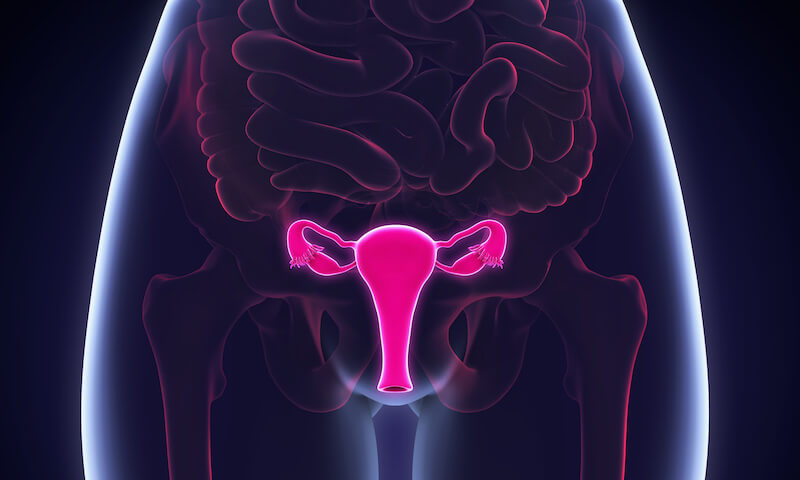
- Menopause occurs between the ages of 45 and 55 and lasts on average about ten years.
- Menopause is characterized by three phases, which end with the final cessation of estrogen production.
- Due to the lack of estrogen, the body tends to have an excess of androgen, which often leads to increased hair loss.
Menopause loses much of its horror when we know when it's coming and, above all, how long it lasts. The pivotal point in timing menopause is menopause, the last spontaneous menstrual period.
Statistically, menopause occurs around age 52. A rule of thumb is that menopause lasts six years before and six years after. Most women experience menopause, or the climacteric, between the ages of 45 and 55. Generally, the female body takes between ten and fifteen years to complete menopause. The onset and duration of menopause cannot be precisely predicted. However, daughters can roughly follow their mothers' example.
DURATION OF MENOPAUSE NOT THE DECISIVE FACTOR
The legitimate question about the duration of menopause, driven by a very individual curiosity ("How long will I have to suffer?"), is somewhat put into perspective when viewed in light of the statistics. Menopause lasts a different length of time for every woman, but whether menopause begins a year earlier or ends a year later is not of paramount importance. What is far more important is how the affected women cope with this period of transition. If they understand the three phases of menopause and the symptoms associated with them, they can prevent many symptoms or treat them more effectively after consulting a gynecologist.
Knowledge factor
The elimination of the autonomic symptoms perceived as disturbing, such as sleep disturbances, mood swings, nervousness, and, not least, hot flashes and sweating, can be achieved with herbal or homeopathic remedies or with hormone therapy. However, the effectiveness of hormones in diffuse hair loss, which begins with the onset of menopause, has not been proven.
Depending on the individual dosage, hormone preparations have a stabilizing and balancing effect on the body. On the other hand, it's no secret that the autonomic symptoms caused by estrogen deficiency usually disappear after a few years, even without hormone replacement therapy. Every woman needs to know what's good for her and how best to navigate menopause.
THE PHASES OF MENOPAUSE
It's helpful to understand that perimenopause and menopause are not the same thing. Menopause is the point at which the ovaries no longer produce female sex hormones. Menopause, in turn, describes the period in which the female body must come to terms with the ever-increasing estrogen deficiency.
Phase 1: Premenopause
Premenopause (literally: before menopause) is the first phase of menopause. It can begin as early as age 45 and lasts an average of five to seven years. During this time, the production of female sex hormones gradually declines. Because premenopause develops gradually, its onset cannot be precisely determined.
During premenopause, progesterone, also known as the corpus luteum hormone, is the first to decline. Progesterone stimulates the growth of the uterine lining and prepares it for the implantation of a fertilized egg. If the egg is fertilized, progesterone prevents further follicle maturation.
A lack of progesterone leads to the first symptom of menopause: an irregular menstrual cycle. Other symptoms include sleep disturbances, mood swings, difficulty concentrating, weight problems, fluid retention, and even painfully swollen breasts. If these symptoms are perceived as particularly distressing by affected women, they can be alleviated by administering a natural progesterone supplement.
Phase 2: Perimenopause
The second phase of menopause is perimenopause (literally: around menopause). This refers to the period one to two years before and after menopause, i.e., a period of two to four years. Estrogen production in the ovaries then drops to virtually zero. Estrogen promotes egg maturation. Estrogen increases blood flow to the uterine lining, opens the cervix, and allows sperm to pass through the cervical mucosa.
A lack of estrogen leads to the classic symptoms of menopause, such as hot flashes accompanied by sweating, joint pain, dry mucous membranes, muscle pain, high cholesterol levels, and often high blood pressure. The pituitary gland, as the controlling organ, seeks to end this not insignificant array of physiological disturbances. It therefore secretes increased amounts of follicle-stimulating hormone (FSH) and attempts in vain to stimulate the ovaries, specifically the egg cells, and thus produce estrogen.
At an average age of 50, the ovaries no longer contain any follicles capable of developing into ovulation-capable follicles. Since the egg follicles primarily produce estrogen, estrogen production ceases.
If menstruation does not occur again one year after menopause, perimenopause is over and postmenopause begins.
Phase 3: Postmenopause
Finally, in postmenopause (literally: after menopause), the subcutaneous fat tissue produces smaller amounts of estrogen, but premenopausal levels are no longer reached. The body reacts by breaking down estrogen receptors. Nevertheless, menopausal symptoms only begin at this point. As a result of estrogen deficiency, years of reduced bone density can lead to osteoporosis. Bones become more porous and more prone to fractures.
Estrogen deficiency also leads to a relative excess of androgen, which exacerbates hereditary hair loss and promotes thinning hair. Many hair follicles are very sensitive to an excess of the male sex hormone (DHT). The hair follicles and the hair themselves miniaturize until the hair follicles cease production and eventually, hair regrowth stops.
The patented thiocyanate active formula in Thiocyn hair serum can stop hair loss* if the cell metabolism at the hair roots is stimulated despite various disruptive factors.
READ BY 23,000 PEOPLE
Join 23,000 others and find out how to improve your hair health with great offers and discounts as well as helpful advice
